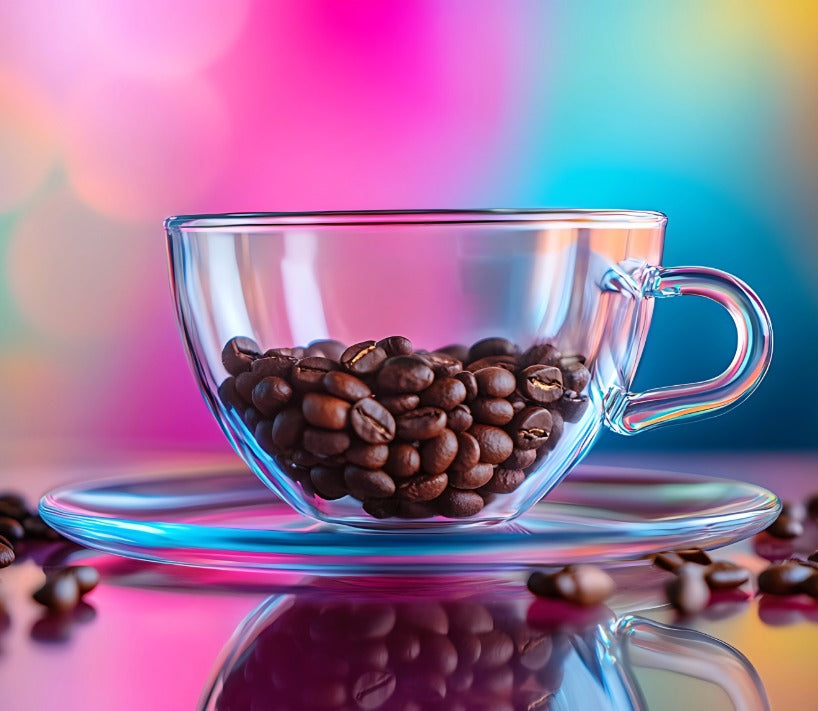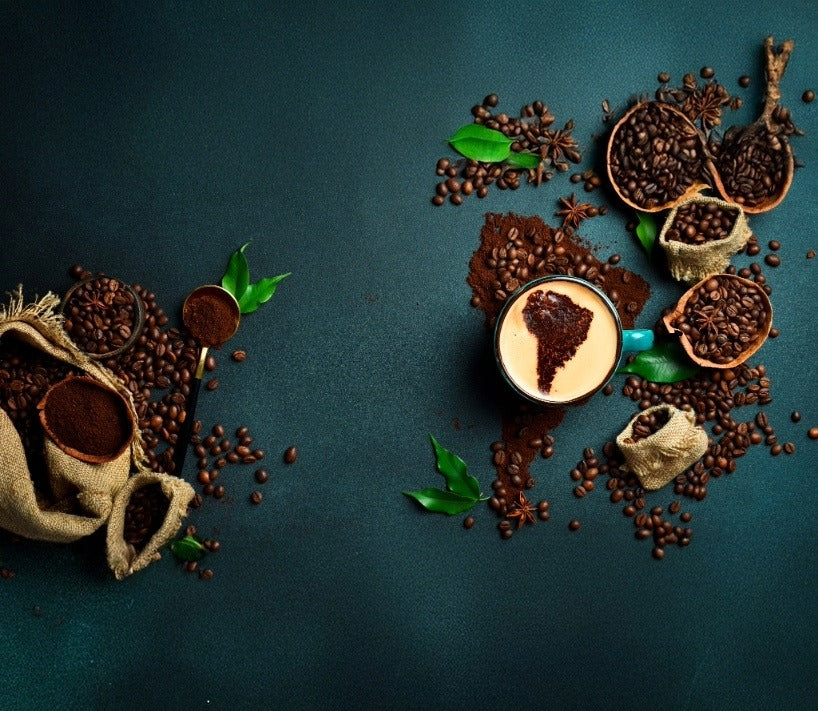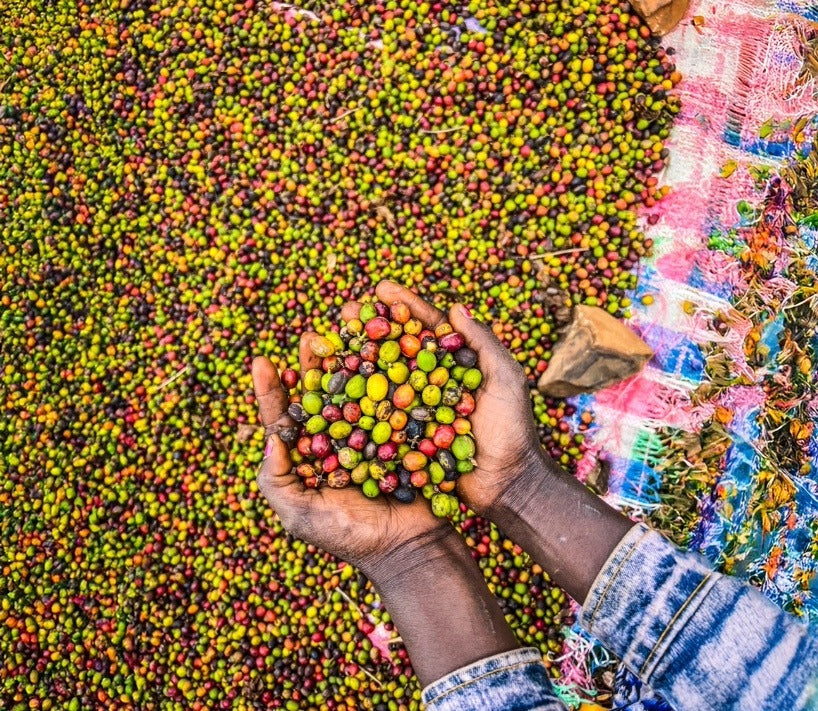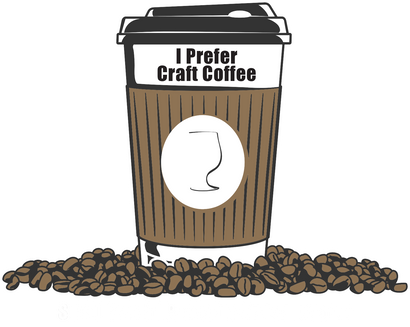Fresh Roasted Coffee Beans Online
September 25, 2025 4 min read
Fresh Roasted Coffee Beans Online: The Simple Guide From Your Roaster
My name’s Andrew. I roast coffee for real people with real mornings. I’ll be honest: my first home brews tasted like hot cardboard. Then I learned one key lesson—freshness rules everything.
Today I’ll show you what Fresh Roasted Coffee Beans Online really means, how high-scoring specialty coffee beats the “meh” stuff, and how to buy like a pro. I’ll keep it simple, fast, and friendly.
Promise: If you follow this guide, you’ll taste cleaner sweetness, brighter notes, and smoother cups—aka the best craft coffee at home—without buying a bunch of gear you don’t need.
What “fresh roasted” actually means (and why your tongue cares)
-
Fresh means the beans were roasted recently (think days, not months).
-
Coffee is a fruit seed. After roast, it releases gas and aroma fast. Flavor peaks early, then slides.
-
Old beans = dull, bitter, flat.
-
Fresh beans = clear, sweet, alive.
The truth: I can roast magic beans—but if they sit around, they’ll taste tired. Freshness beats hype every time.
High-scoring specialty vs. “standard” beans—what’s the difference?
-
High-scoring specialty (graded 80+): clean, traceable, sweet, minimal defects.
-
Standard (commodity-grade): mixed lots, more defects, muddy flavors.
-
Specialty shows off origin character (fruit, chocolate, florals). Standard hides it with staleness.
Fresh Roasted Coffee Beans Online: How to Choose the Right Bag
You’re here to buy Fresh Roasted Coffee Beans Online without guessing. Use this short checklist:
-
Look for a roast date (not “best by”).
-
Roast-to-order or very recent roast is best.
-
Whole bean over pre-ground keeps flavor longer.
-
Air roasted coffee beans often taste cleaner (less smoke contact) for a bright, sweet cup.
-
Small batch coffee roasters online can ship fresher, faster.
Want to see what I roast? Shop my coffees
Comparison Table: Fresh High-Scoring Specialty vs. Old “Specialty”
| Attribute | Fresh High-Scoring Specialty | Old “Specialty” Sitting Around |
|---|---|---|
| Aroma on open | Big, sweet, fruity/chocolate notes | Faint, papery, woody |
| Flavor clarity | Clean and focused | Muddy and bitter |
| Sweetness | Noticeable, natural | Low; needs more sugar/cream |
| Mouthfeel | Silky, balanced | Hollow, thin, or harsh |
| Crema/Pour-over bloom | Lively, bubbly | Weak, flat |
| Grind performance | Consistent, forgiving | Inconsistent; clogs or flies |
| Brew ratio tolerance | Flexible | Narrow; easy to mess up |
| Likely age | Roasted within days–weeks | Months old or unknown |
Freshness, Buying, and Specialty Coffee Guidance
Roast date vs. “best-by” (the tiny print that changes everything)
-
Roast Date: the day the beans were actually roasted. This tells you true freshness.
-
Best-By: a conservative shelf date. It hides age, not shows it.
Simple rule: If you can’t find a clear roast date, skip it.
When is coffee “ready” to drink?
-
Light/medium roasts: tasty from Day 3–21 after roast (sweet spot for most home brews).
-
Espresso: often Day 7–30 (needs more rest).
-
Keep it sealed and cool. Open bag? Aim to finish within 2–3 weeks.
Single-origin vs. blends (which should you choose?)
-
Single-origin: great for learning flavors (berry, citrus, floral, cocoa). Amazing clarity in pour-over.
-
Blend: smoothness and balance for everyday sips; great for milk drinks.
How to order coffee online responsibly (and happily)
-
Choose roast-to-order coffee or fresh roasted coffee delivery with a roast date.
-
Grab two smaller bags instead of one giant bag—you keep freshness longer.
-
Consider a best coffee subscription for home for steady, fresh rotations (skip panic-buying old beans).
Explore:
Expert tip (money saver that actually saves taste)
Don’t chase discounts on coffee. If it’s discounted, it’s often old. Old coffee = weak bloom, flat flavor, wasted mornings.
Gear: Keep it simple (and tasty)
You can make the best tasting craft coffee at home with basic tools:
-
Grinder: burr grinder beats blade.
-
Kettle: basic gooseneck makes pouring easy.
-
Scale: keeps your ratio steady.
-
Brewer upgrade: Try the Fellow Aiden for super simple, café-style pour-over with repeatable results.
My fast “no-guess” home recipe (plan you can follow today)
Method: Pour-over or Fellow Aiden
-
Dose: 20 g coffee (medium grind).
-
Water: 320 g at ~200°F (90–96°C).
-
Bloom: 40 g water, wait 30–45 sec.
-
Pour: slow circles to 320 g total by 2:00–2:15.
-
Finish: drawdown by ~3:00. Taste.
-
Too sour? Grind finer or use a little hotter water.
-
Too bitter? Grind coarser or use a touch cooler water.
-
Promise (What you’ll taste if you follow this)
Follow the freshness rules, pick the best whole bean coffee online that’s roast to order, and brew with a simple plan. You’ll get cups that taste clear, sweet, and balanced—like the café—but at home. No wizard gear needed.
Plan (Do this next)
-
Pick two fresh bags (different origins) so you can compare.
-
Check roast dates and choose air roasted coffee beans if you love clean flavor.
-
Brew the simple recipe for one week. Keep notes on sweetness and time.
-
Refine one variable at a time (grind → water → ratio).
-
Repeat monthly with a new origin via a subscription for steady coffee beans delivered to your door.
Start here if you want a hand:
Frequently Asked Questions
What does “fresh roasted” mean in days?
Fresh usually means roasted within the last 7–21 days for most home brews. Flavor is brighter and sweeter in that window.
Is whole bean better than pre-ground?
Yes. Whole bean stays fresh longer. Grind right before brewing for the best tasting craft coffee at home.
How do I read a roast date vs. best-by?
Roast date = when it was roasted (good).
Best-by = shelf date (not helpful for freshness). Choose bags with clear roast dates.
Do air roasted coffee beans taste different?
Often cleaner and sweeter, with less smoky bite—great for pour-over clarity.
Should I buy single-origin or a blend?
Try both. Single-origin for vivid notes, blends for balance and milk drinks.
How do I keep my coffee fresh?
Keep beans sealed, cool, and dry. Use within 2–3 weeks of opening.
PS: If you want a no-guesswork coffee delivery experience at home, grab my free guide here: Deliver Morning Magic.
Also in Best Coffee To Buy Online Education

Best Way To Store Coffee Beans (So They Don’t Taste Like Sad Dirt)
January 10, 2026 3 min read
Learn how to store coffee beans properly so they stay fresh, flavorful, and café-level at home. Remember, the best tasting craft coffee at home starts with high-scoring specialty beans from a roaster you trust.

Coffee Bean Delivery Near Me: Why Fresh & Fast Wins
January 09, 2026 3 min read
Learn why the best tasting craft coffee at home is about ordering fresh coffee close to home gives you full control over flavor and freshness.

Fair Trade Craft Coffee Beans Online: What It Means (And Why It Matters)
January 08, 2026 4 min read
A simple guide explaining fair trade specialty coffee, why it matters, and how to buy the best craft coffee online. Remember, the best tasting craft coffee at home comes from high-elevation specialty coffee farmers.
